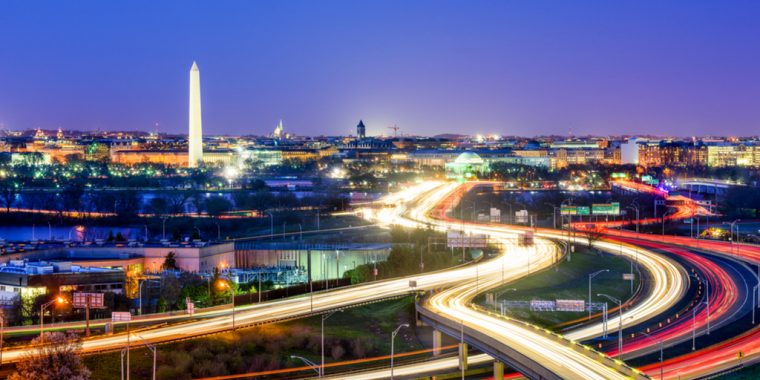
 If President Donald Trump is serious about his “Make America Great Again” campaign, state officials have more than 300 suggestions for him that they think will help do just that. And U.S. Senate Democrats are “trumping” his idea with an infrastructure plan of their own.
If President Donald Trump is serious about his “Make America Great Again” campaign, state officials have more than 300 suggestions for him that they think will help do just that. And U.S. Senate Democrats are “trumping” his idea with an infrastructure plan of their own.
The Trump plan calls for infusing $1 trillion in investments into the nation’s infrastructure needs over 10 years – from roads and bridges to airport, rail and tunnel projects. Although complete details of his plan have yet to be announced, he has indicated that private capital and collaboration between the public and private sectors will be instrumental. And to incentivize private investment, Trump plans to offer tax credits to participating private investors.
If the president is short on projects for that $1 trillion, state officials in 40 of the nation’s states and territories have provided the new president with a laundry list of more than 300 critical infrastructure projects they would like to see considered for funding.
And while the Senate Democrats are in agreement with Trump that the nation’s infrastructure is crumbling, affecting local economies and chipping away at the nation’s ability to compete in a global economy, they are at odds with the president on where that $1 trillion will come from and how it should be allocated.
The Democrats are seeking federal funding for infrastructure projects nationwide instead of Trump’s proposed tax credits that would bring private capital to the infrastructure equation. Their proposal includes spending $210 billion on roads and bridges that are in a state of disrepair while creating a $200 billion “vital infrastructure fund” to address needs of infrastructure of national significance. They also are including broadband, public schools and hospitals administered by the U.S. Department of Veteran Affairs for infrastructure funding. But for such a proposal to garner approval in Congress, any new spending is going to have to be offset by spending cuts.
The one thing both sides can agree on – infrastructure spending will positively affect the local and national economies and put thousands of Americans to work.
In the meantime, the list of more than 300 proposed infrastructure projects on states’ short lists is likely to grow. At the request of Trump’s transition team, the National Governors Association began collecting the list of proposed projects last December. Part of the plan was to present the president with project ideas that states could ramp up quickly – such as the seven “shovel ready” projects submitted by the Tennessee Department of Transportation.
The president has already asked two real estate developers to head up a panel to advise him regarding infrastructure investments. That could include addressing issues such as process changes that will result in projects being delivered faster or how private-sector firms might deliver projects.
There is initial common ground – everyone agrees the nation’s infrastructure outlook is bleak and will continue to deteriorate without additional capital investment. But the elephant in the room remains – where the money will come from.
